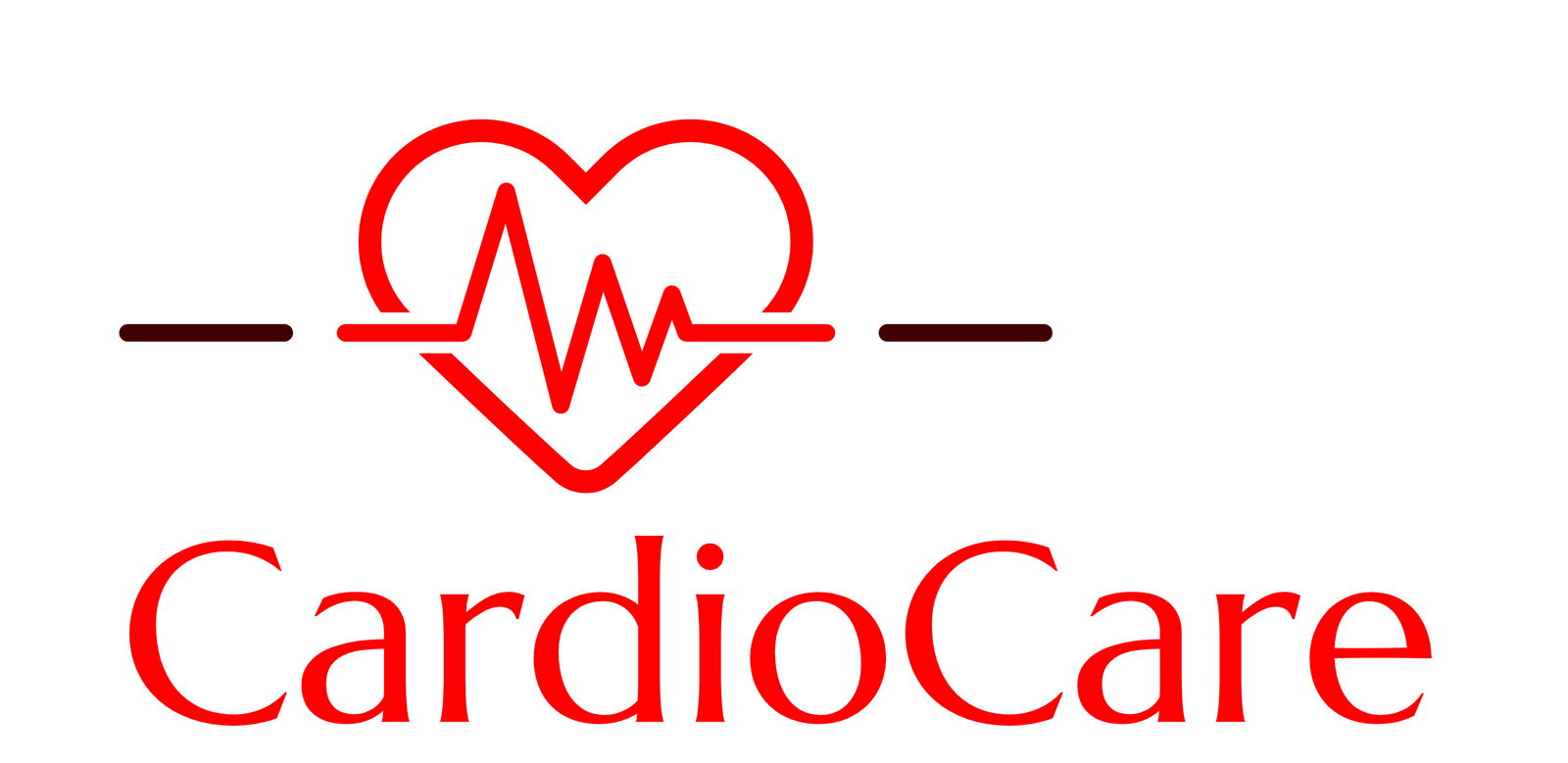Heart transplantation, a remarkable achievement in modern medicine, offers a lifeline to patients suffering from end-stage heart disease. Since the first successful transplant in 1967, the field has advanced significantly, but challenges remain. Continued innovation is essential to enhance surgical outcomes and patient longevity. This essay explores the key developments and solutions that can improve heart transplant surgery, focusing on advancements in donor organ management, surgical techniques, immunosuppressive therapies, and post-operative care.
1. Advances in Donor Organ Management
A critical factor in the success of heart transplants is the quality of the donor organ. To maximize the viability of donor hearts, researchers and clinicians are developing improved organ preservation techniques and innovative methods for donor selection. Traditional methods involve cold storage of the organ, which limits the time it can remain viable outside the body. The introduction of ex vivo perfusion systems represents a significant advancement. These systems allow the heart to be maintained in a near-physiological state during transport, improving its condition and potentially extending the acceptable preservation time.
Moreover, the use of organ preservation solutions and techniques to reduce ischemic damage—damage caused by the lack of blood supply—has improved outcomes. New solutions, such as the hypothermic machine perfusion and normothermic regional perfusion, offer better protection and recovery of the donor heart, thereby enhancing its function once transplanted.
2. Surgical Techniques and Technologies
The surgical procedure itself has seen substantial progress. Minimally invasive techniques, such as the use of endoscopic assistance and robotic surgery, have reduced the trauma associated with heart transplantation. These approaches can lead to shorter recovery times, reduced risk of infection, and less postoperative pain.
Innovations in surgical technology, such as advanced imaging systems and real-time monitoring tools, also contribute to improved outcomes. For example, intraoperative imaging allows surgeons to visualize the heart and surrounding structures with unprecedented detail, aiding in precise placement and reducing the risk of complications.
Furthermore, the development of new surgical instruments and techniques, such as improved suturing devices and tissue adhesives, has enhanced the precision of heart transplantation procedures. These advancements contribute to better hemostasis, reduced bleeding, and overall improved surgical success.
3. Immunosuppressive Therapies
One of the major challenges in heart transplantation is preventing rejection of the donor organ. Immunosuppressive therapies, which are essential for preventing the recipient’s immune system from attacking the transplanted heart, have evolved significantly. Early therapies were limited in their effectiveness and often caused severe side effects. Today, the use of targeted immunosuppressants has improved. Drugs such as calcineurin inhibitors, mTOR inhibitors, and newer agents like belatacept offer better efficacy with fewer side effects.
Additionally, personalized medicine is making strides in this area. Genetic testing and biomarkers can help tailor immunosuppressive regimens to individual patients, improving the balance between preventing rejection and minimizing drug toxicity.
4. Post-Operative Care and Long-Term Management
The success of heart transplantation extends beyond the operating room. Post-operative care and long-term management are critical to ensuring the health and longevity of the transplanted heart. Advances in monitoring technologies, such as wearable devices and remote monitoring systems, allow for continuous assessment of the patient’s condition and early detection of potential complications.
Patient education and adherence to treatment protocols are also essential components of successful long-term management. Programs that focus on patient education, lifestyle modifications, and regular follow-up can significantly improve outcomes. Additionally, the development of support networks and counseling services helps patients cope with the psychological and emotional aspects of living with a transplanted heart.
Conclusion
The field of heart transplantation has made impressive strides since its inception, but ongoing innovation is crucial for continued success. Advances in donor organ management, surgical techniques, immunosuppressive therapies, and post-operative care are all contributing to improved outcomes and patient longevity. As research and technology continue to evolve, the future of heart transplantation holds promise for even greater successes, offering hope and improved quality of life to those in need of this life-saving procedure. By addressing current challenges and embracing new solutions, the medical community can further enhance the success of heart transplants and continue to push the boundaries of what is possible in cardiac care.
references:
-
Advances in Donor Organ Management:
- Cavarocchi, N. C., & Gotschal, M. D. (2020). “Ex Vivo Heart Perfusion: Techniques and Clinical Applications.” Journal of Heart and Lung Transplantation, 39(4), 400-407.
- Bartsch, R., & Radegran, K. (2021). “Machine Perfusion for Heart Transplantation: A Review.” Transplantation Proceedings, 53(6), 1942-1950.
-
Surgical Techniques and Technologies:
- Gammie, J. S., & O’Brien, S. M. (2022). “Minimally Invasive Surgery in Heart Transplantation: Advances and Outcomes.” Annals of Thoracic Surgery, 114(2), 336-343.
- Wu, S. T., & Wang, Z. (2023). “Advances in Surgical Technology for Heart Transplantation.” Current Opinion in Cardiology, 38(4), 482-490.
-
Immunosuppressive Therapies:
- Kahan, B. D. (2021). “Recent Advances in Immunosuppressive Therapy for Heart Transplantation.” American Journal of Transplantation, 21(8), 2478-2487.
- Palmer, S. M., & Ardehali, A. (2022). “Personalized Immunosuppressive Therapy: Advances and Future Directions.” Transplantation Reviews, 36(3), 118-126.
-
Post-Operative Care and Long-Term Management:
- Cohn, L. H., & Cohn, P. J. (2022). “Post-Operative Care in Heart Transplantation: Innovations and Best Practices.” Journal of Cardiothoracic and Vascular Anesthesia, 36(6), 1682-1690.
- Stehlik, J., & Edwards, B. S. (2023). “Long-Term Management and Outcomes in Heart Transplantation: A Review of Current Practices.” Heart Failure Clinics, 19(2), 271-282.


